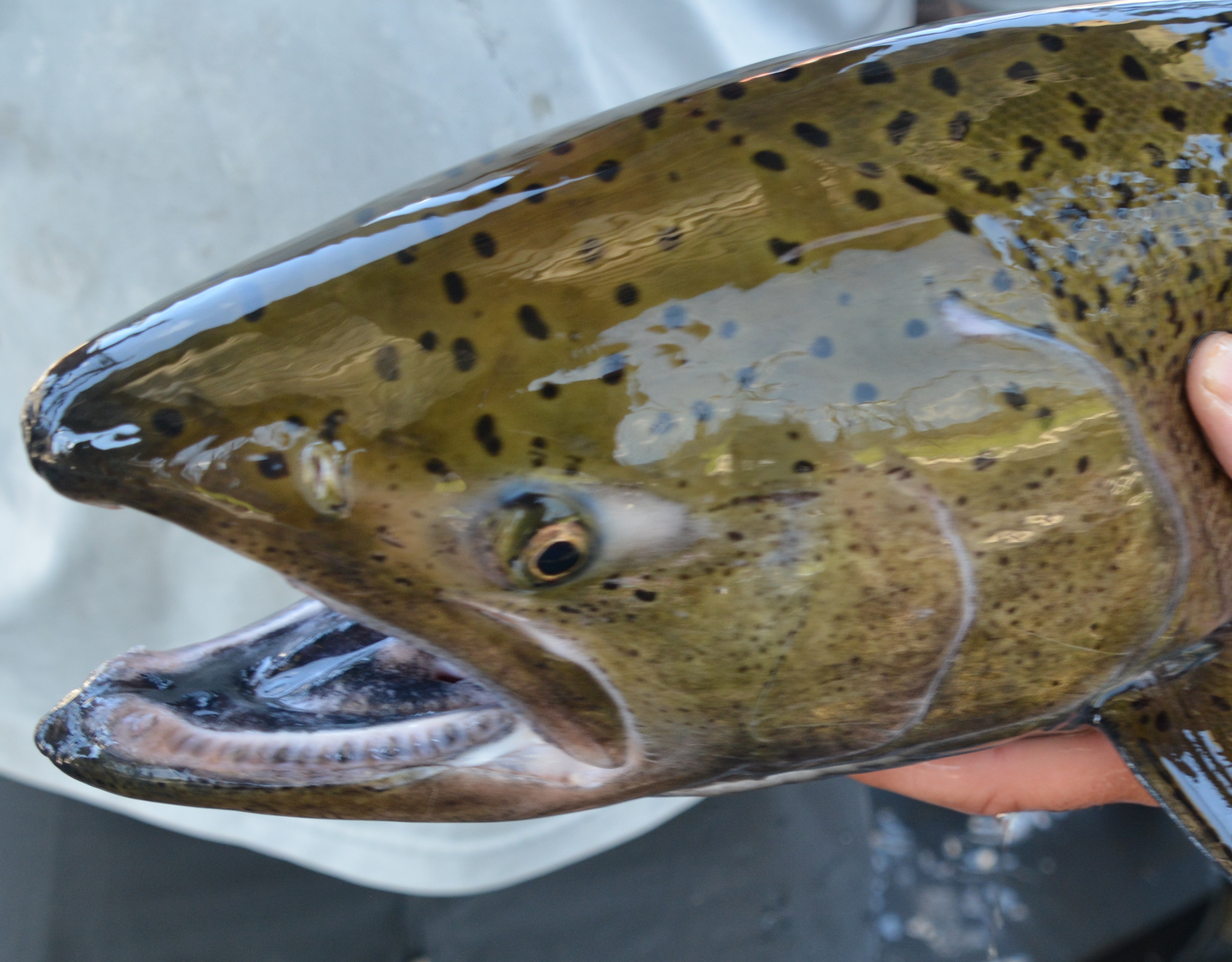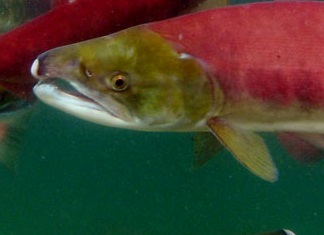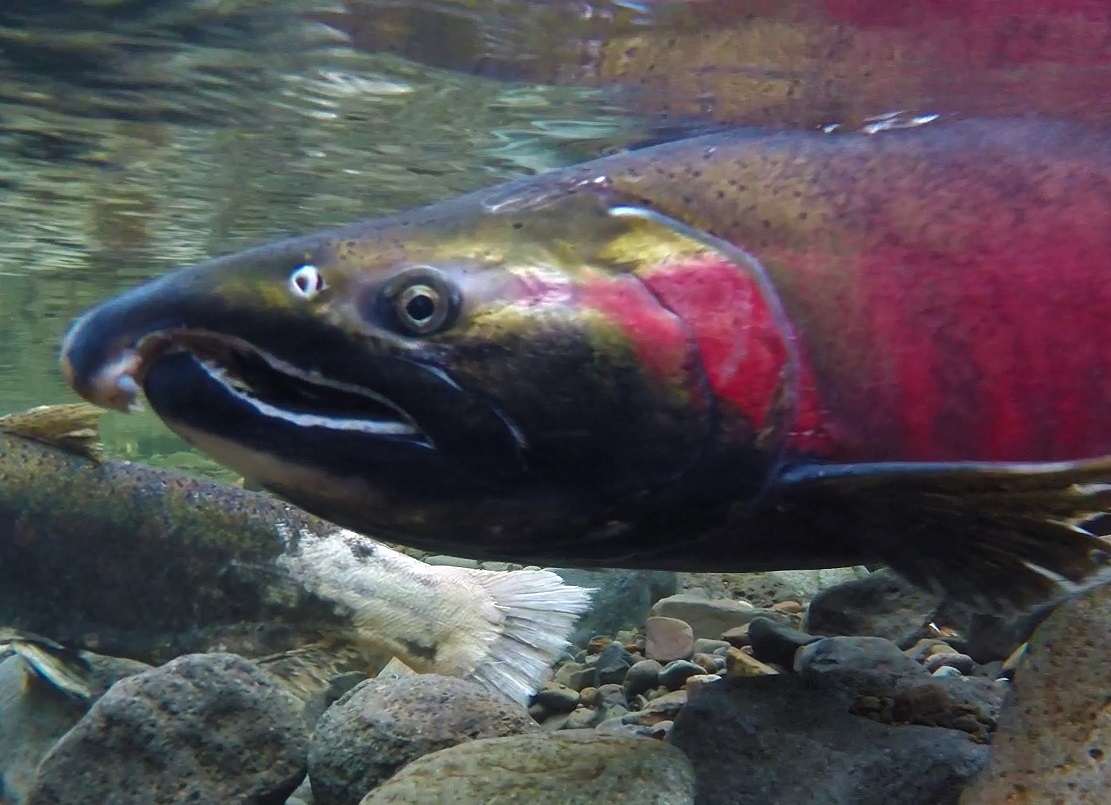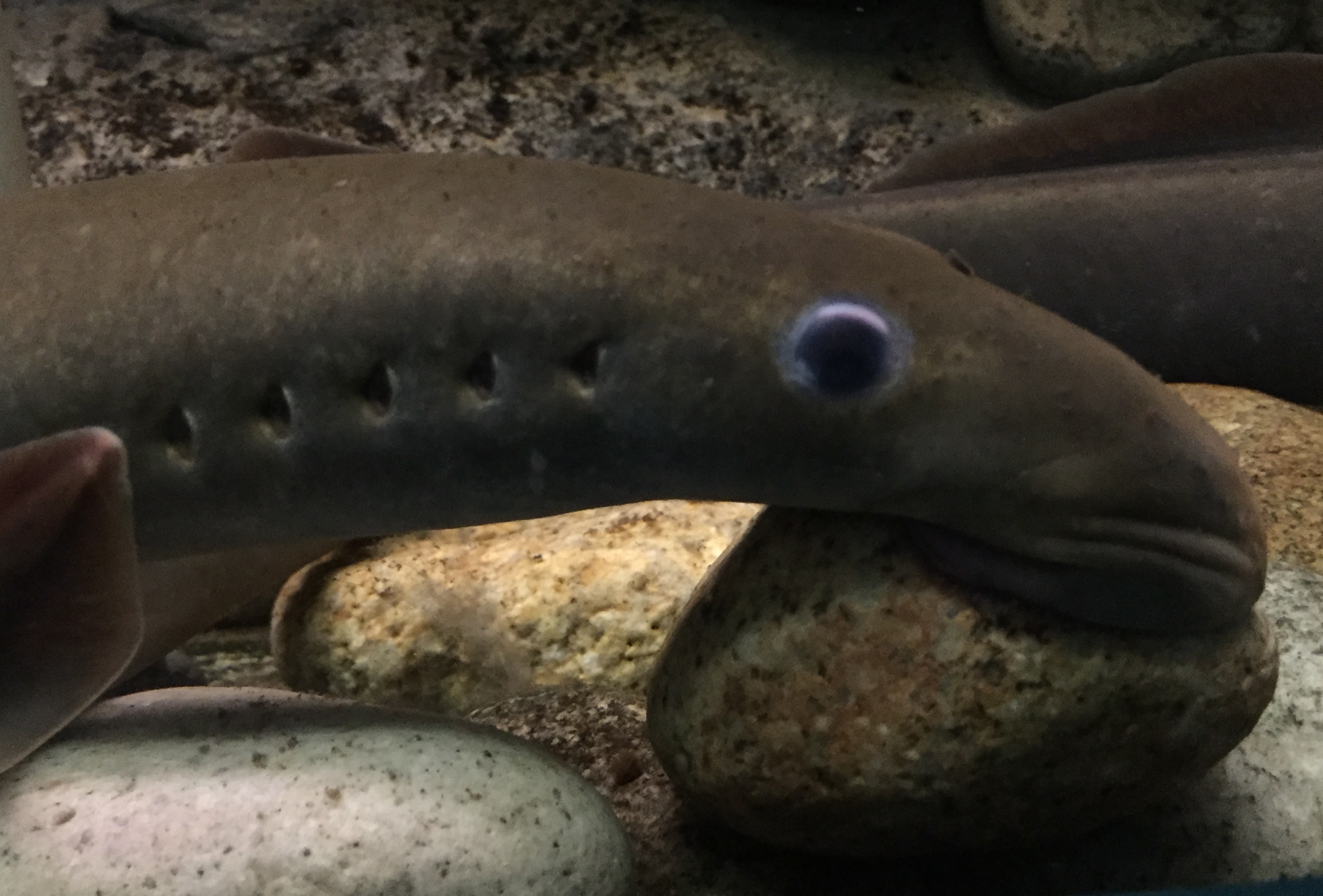Wild Fish are Important
The future of Idaho's salmon and steelhead depends on wild fish. They embody the genetic diversity that evolved in the high mountain nurseries, surging spring run-offs, fresh to salt water transformation and 466-mile migration back to Idaho to spawn the next generation.
Why Wild Matters
Preserving the wild genetic diversity of salmon and steelhead became a rallying call in the 1980s. Fish numbers were declining and hatcheries had been introduced to mitigate for lost fishing opportunity and to supplement wild fish populations.
Wild fish in Idaho are uniquely suited to survive and thrive in Idaho. They have adapted and have the capacity to respond to natural changes in their environment.
Conserving wild fish populations is important to ensure the species survival, which also allows for fishing seasons on hatchery salmon and steelhead.
Idaho’s Native Ocean-going Fish
Idaho’s anadromous fish species include steelhead, Chinook salmon, Sockeye salmon, Coho salmon and Pacific lamprey.
These ocean-going fish are known for their impressive migrations and ability to return to the stream of their birth. Salmon and steelhead swim 466 miles from the Pacific Ocean to reach Idaho. Along the way they must pass 8 large dams and climb about 930 feet. Most travel even further to spawn in their natal steams, such as the headwaters of the Salmon River, which is more than 900 miles from the ocean and 6300 feet above sea level.
Distribution of Salmon, Steelhead and Lamprey in Idaho
Historically, more than 40% of the salmon and 55% of the steelhead in the Columbia River system originated in the Snake River drainage.
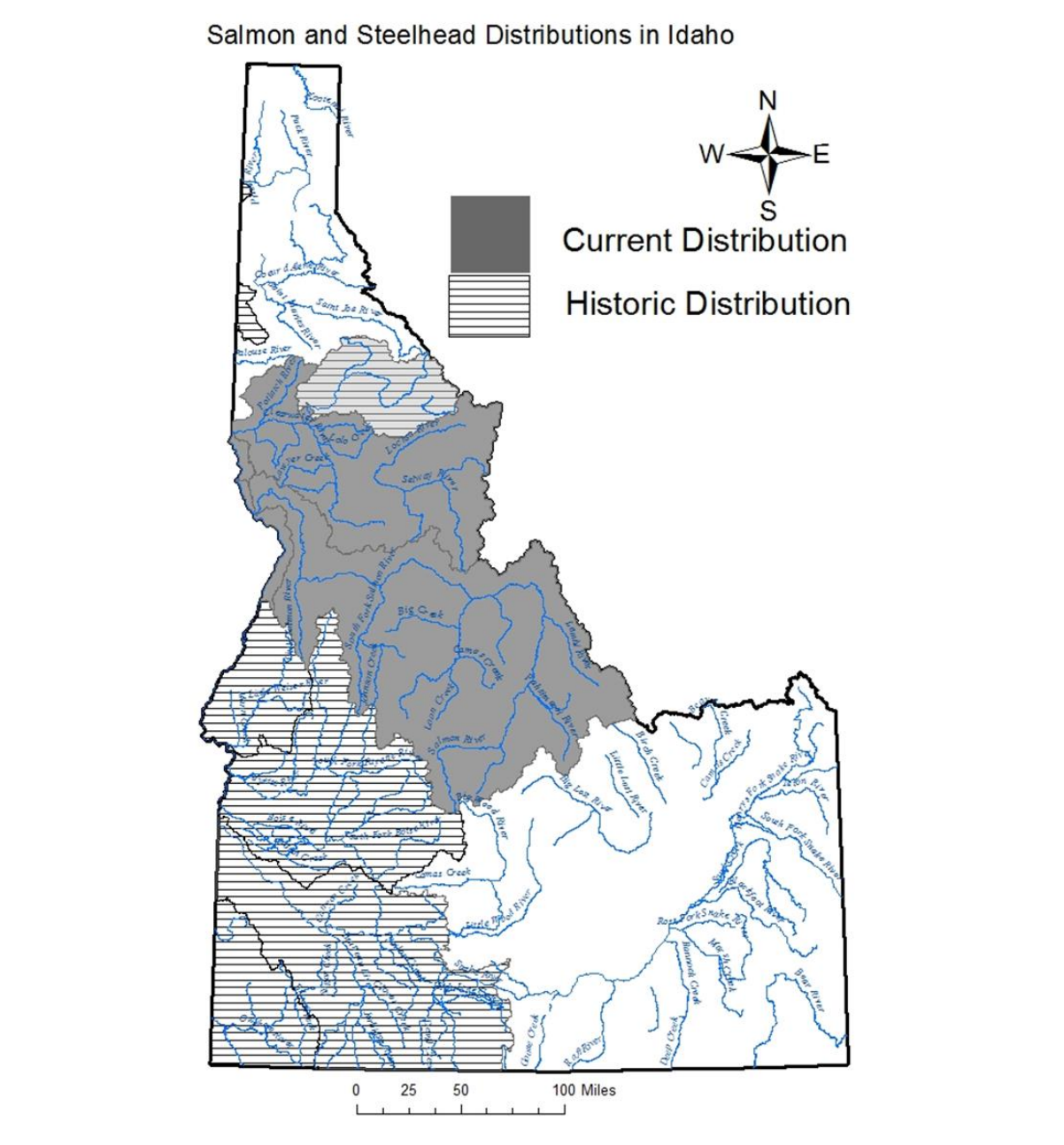
Today, the majority of wild salmon and steelhead produced in Idaho come from the Salmon and Clearwater. Much of the best habitat overlaps roadless areas and designated Wild and Scenic Rivers.
Conservation Strategies for Wild Fish
Wild salmon and steelhead are managed differently than hatchery fish. Wild fish management focuses on five key strategies to ensure the survival and maintenance of genetic diversity of Idaho’s wild ocean-going fish.
#1 Wild Salmon and Steelhead Refuges
Large areas of Idaho were established solely to maintain the genetic integrity and diversity of the wild salmon and steelhead stocks. Entire watersheds, such as the Middle Fork Salmon, Lochsa and Selway rivers, were identified as wild-only refuges, where no hatchery fish are released. These areas represent the heart of Idaho’s wild salmon and steelhead habitat, but wild fish are found in lots of places. They are resilient and can make a living even in habitat that needs improvement.
#2 Habitat Enhancement
Over 43 percent of salmon and steelhead spawning and rearing habitat in Idaho is in good condition. Much of it is located in roadless areas or protected as Wild and Scenic rivers. Other habitat in Idaho is in need of enhancement. Idaho Fish and Game and its partners work to improve spawning and rearing habitat in these areas and maintain fish screens to keep young fish out of irrigation ditches.
#3 Migration Conditions
Anadromous fish must leave Idaho to go to the ocean and return to spawn. Idaho Fish and Game works with many partners to help wild salmon and steelhead make this journey. This includes making recommendations on river flows, dam operations, dams, and continuing to study fish movement and survival to continue to improve migration conditions.
#4 Hatcheries
Releasing hatchery salmon and steelhead in limited areas provides harvest fish opportunity, while minimizing the impact on wild fish.
#5 Managing Fisheries
Although fisheries in Idaho target hatchery fish, wild fish are an important consideration in our sport fisheries. Idaho maintains many areas closed to fishing to protect wild salmon and steelhead. In addition to the closed areas, Idaho Department of Fish and Game biologists conduct annual research and monitoring to ensure wild populations are not negatively affected by our sport fisheries.

